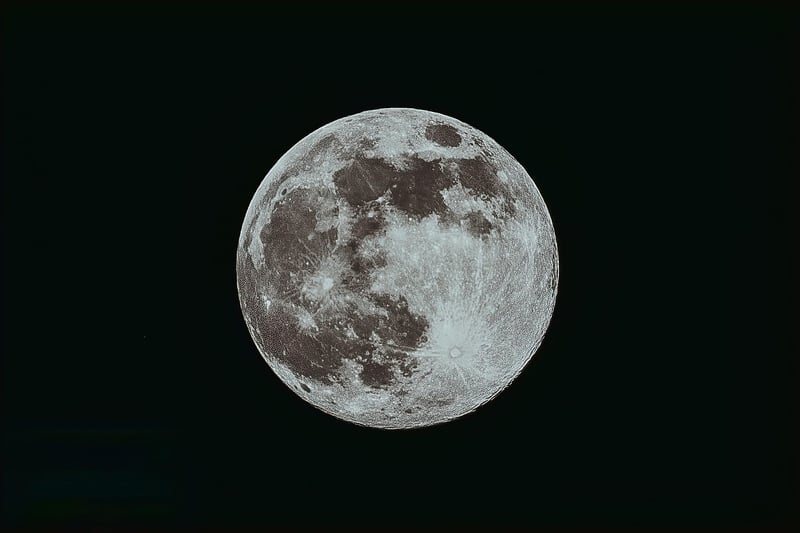Galactic Mapping
Exploring Celestial Bodies and Galactic Mapping
Welcome to the fascinating world of celestial bodies and galactic mapping! The universe is a vast expanse full of wonders waiting to be discovered. Let's delve into the exploration of stars, planets, galaxies, and more.
Stargazing Basics
Stargazing is a popular way to observe celestial bodies. To start, find a dark location away from city lights, grab a telescope or binoculars, and look up at the night sky. You might spot constellations, planets, and even meteor showers.
Types of Celestial Bodies
- Stars: Glowing spheres of gas that emit light and heat.
- Planets: Spherical bodies that orbit stars.
- Moons: Natural satellites that orbit planets.
- Asteroids: Small rocky bodies that orbit the Sun.
- Galaxies: Massive systems of stars, dust, and dark matter.
Galactic Mapping
Galactic mapping involves charting the positions and characteristics of celestial objects in the universe. Astronomers use advanced telescopes and instruments to create detailed maps of stars, galaxies, and other cosmic structures.
Tools for Exploration
To explore celestial bodies and create galactic maps, astronomers use tools like telescopes, spectrographs, and cameras. These instruments help capture images, analyze light spectra, and gather data about the universe.
Discovering New Worlds
With advancements in technology, astronomers continue to discover new planets, moons, and other celestial bodies beyond our solar system. Each new finding adds to our understanding of the vastness and complexity of the cosmos.
Get Started on Your Journey
If you're eager to explore celestial bodies and delve into galactic mapping, consider joining astronomy clubs, attending stargazing events, or even pursuing a career in astronomy or astrophysics. The universe is waiting to be explored!

Embark on a journey through the cosmos and uncover the mysteries of celestial bodies and galactic mapping. The universe is a vast playground of wonders, just waiting for you to explore!
